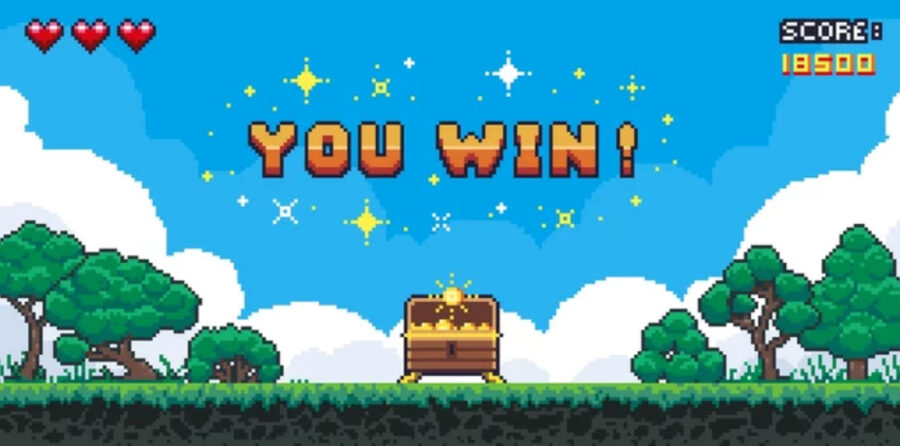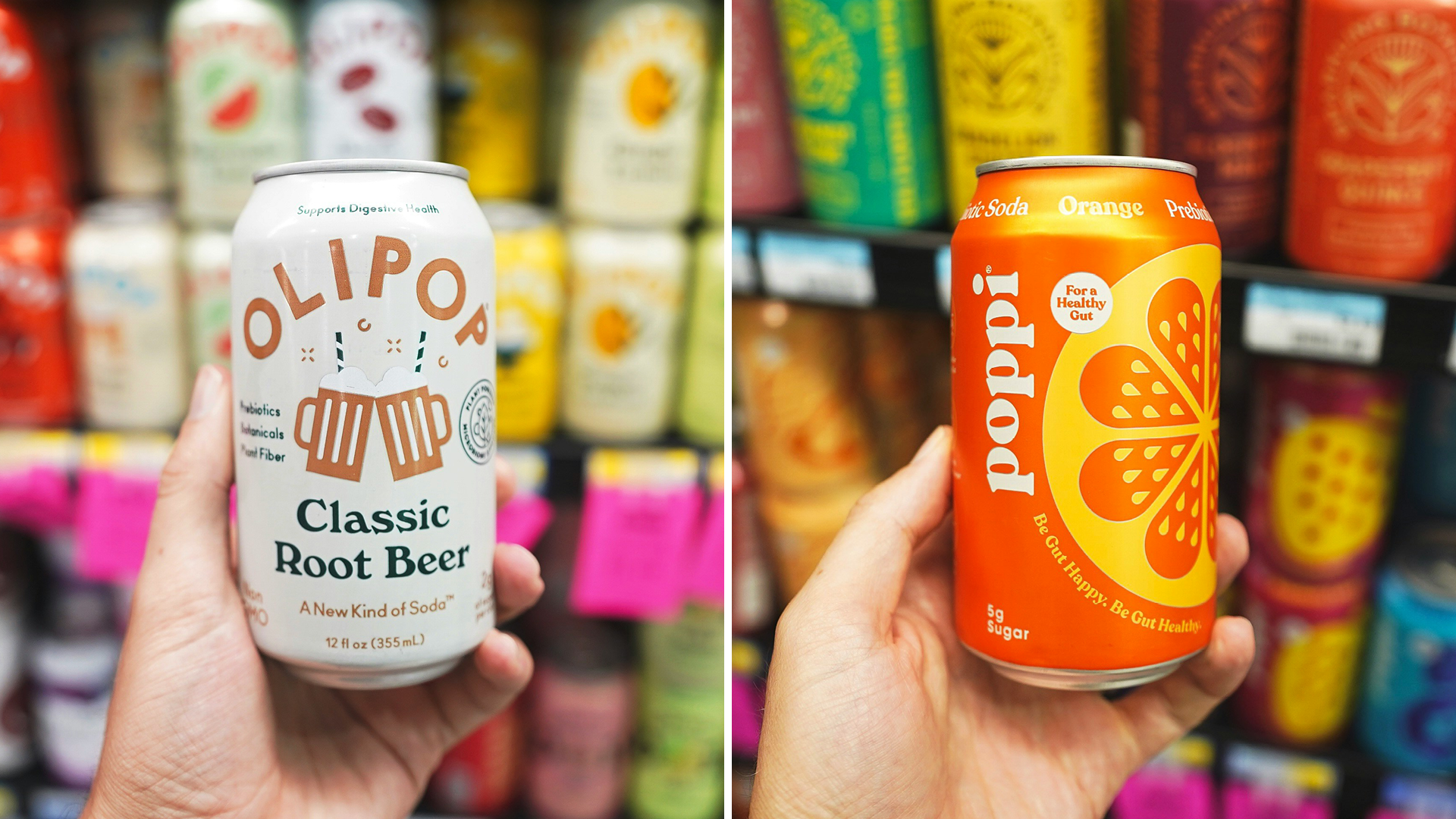Grocers are always looking for ways to encourage larger baskets and build loyalty, and one potential avenue is looking outside the usual incentives to explore the possibilities of gamification. Fun, simple activities can be more exciting than static coupons provided companies ensure that they use them to enhance—not replace—more traditional promotions.
A key part of a proper gamification strategy is ensuring that the games don’t become the core of the value proposition, according to Cédric Chéreau, co-founder and managing director of Untie Nots. The activities can draw customers’ attention whether they are in-store or online, but consumers still look for great deals, low prices, and other benefits, so any games must deliver on traditional loyalty drivers as well.
“Spin the Wheel, Scratch Card, and Tic Tac Toe are simple yet effective games that attract customers,” said Chéreau. “But for gamification to make an impact, the critical component is what’s behind the mechanics. What are you offering customers that are engaging and worth their time? Are you offering something that will add value or make a difference to them? Is it relevant? And most importantly, is it rewarding, like cashback or points? These are all important considerations when implementing any gamification strategy.”
Gamification can provide a nudge which incentivizes consumers to engage with loyalty programs or promotions, according to Chéreau. A good gamification strategy makes deals stand out and provides an interesting experience without making the actual shopping any less convenient.
Game Over with Poor Implementation
Retailers seeking inspiration on what a grocery-focused gamification push can look like may want to turn to Europe for examples. Chéreau cited the success of ASDA’s current Spin the Wheel promotion, which nets shoppers a chance to win £100 every time they spend at least £5 during a visit. While not many shoppers earn the grand prize, every spin is guaranteed something.
An example of a program that didn’t quite work out was the scratch card Lidl introduced as part of its Lidl Plus program. Chéreau said that it was a success at first, but it lacked personalized offers and was expensive for Lidl to maintain in the long run. The program has since been paused as the grocer looks for ways to enhance it.
Chéreau noted that while the games are simple, they require the right technology backing them and a good amount of personalization to make the offers worthwhile. As a result, grocers should consider whether they would be better off building gamification in-house or working with third parties to provide the option.
“The front end is more straightforward; creating a gamified page or screen with a simple activation action like Spin the Wheel or a scratch card offer doesn’t require heavy resources,” Chéreau said. “It’s the back end and what happens behind the scenes that requires a very sophisticated IT infrastructure that can provide entirely personalized offers to the right customer at the right moment. This infrastructure includes cloud-based technology, machine learning algorithms, data streaming, and predictive AI—these are all needed to personalize offers at scale and in real time.”












